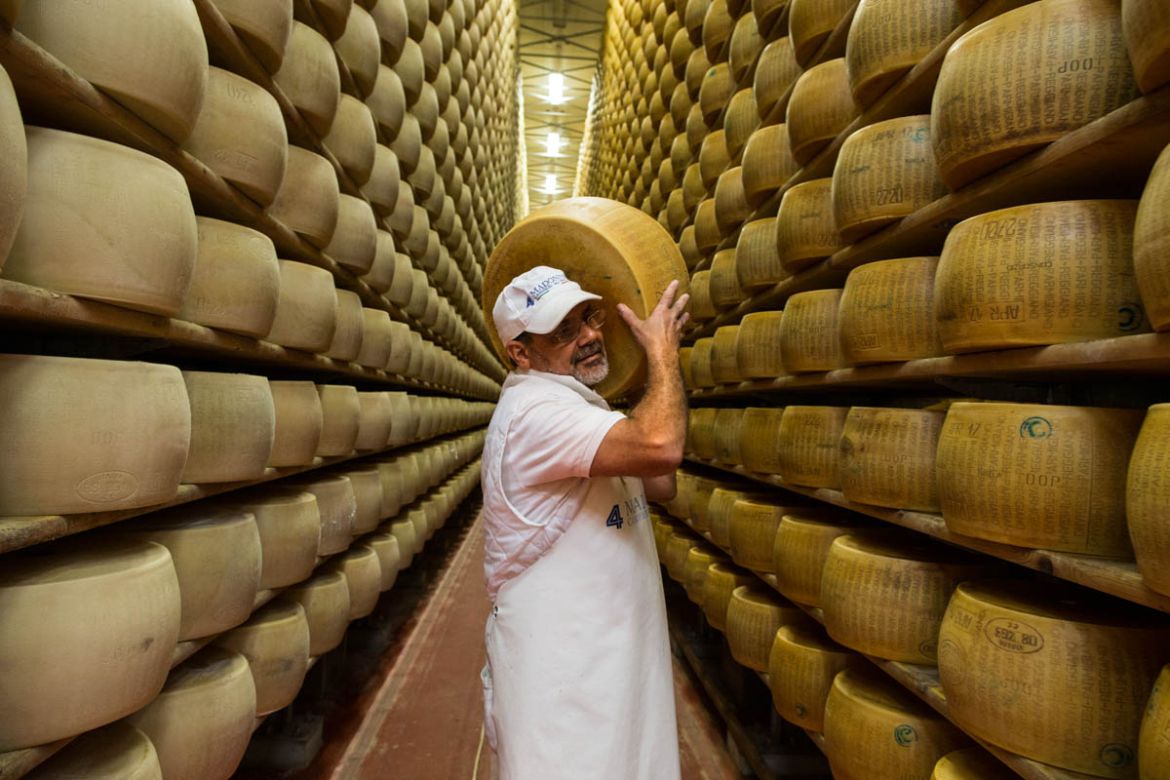From Thomastown to Your Table: The Quality of Floridia Cheese Melbourne
From Thomastown to Your Table: The Quality of Floridia Cheese Melbourne
Blog Article
Opening the Keys of Artisanal Cheese Making: A Detailed Do It Yourself Guide
In the world of culinary workmanship, artisanal cheese making stands as a testament to the delicate equilibrium between custom and advancement. As we get started on this trip to debunk the art of creating exquisite cheeses, we are faced with a tapestry of skills and secrets waiting to be untangled.
Choosing the Right Milk
When starting the journey of artisanal cheese production, the option of milk plays an essential duty in figuring out the quality and characteristics of the end product. The sort of milk chosen affects the taste, structure, and on the whole account of celebrity. Raw milk, straight from the animal, is favored by many artisanal cheesemakers due to its special blend of enzymes, microorganisms, and taste substances. Nevertheless, making use of raw milk includes risks and laws, making pasteurized milk a safer option for beginners.
When selecting milk for cheese making, it is essential to consider the fat web content. Greater fat material in milk can lead to a creamier and richer cheese, while reduced fat content might lead to a drier and stronger appearance. Additionally, the source of the milk, whether from cows, goats, sheep, or buffalo, adds distinct tastes and features to the cheese (Floridia Cheese). Each type of milk brings its very own subtleties, permitting a broad range of cheese ranges to be crafted based on the chosen milk. Eventually, the selection of milk is a fundamental decision that establishes the structure for a successful artisanal cheese-making undertaking.
Culturing and Coagulating
To start the cheese-making process, the vital steps of culturing and coagulating should be carefully executed to transform milk into curds and whey. Culturing entails presenting valuable bacteria to the milk, which then starts the fermentation process. These germs convert lactose (milk sugar) right into lactic acid, developing the acidic atmosphere necessary for coagulation. The type of society utilized can dramatically impact the flavor, structure, and ripening of the last cheese item.

The timing and temperature control throughout culturing and coagulation are vital elements that affect the last outcome of celebrity. Correct implementation of these actions is necessary to guarantee the wanted texture, flavor, and consistency of the artisanal cheese being produced.
Draining Pipes and Pushing Curds
After the milk healthy proteins have actually coagulated and the curds have actually been cut to launch whey, the next crucial step in artisanal cheese making involves draining and pushing the curds to attain the desired structure and consistency of the final cheese product. The time for draining can differ depending on the type of cheese being made and the desired description dampness content.
As soon as the curds have sufficiently drained pipes, the next step is pushing. Pushing helps eliminate any kind of continuing to be whey and compacts the curds to develop a strong cheese wheel. Pressing can be done utilizing specialized cheese presses that apply gentle and regular pressure over an amount of time. The period and stress used during pushing will certainly affect the last texture of celebrity, from soft and luscious to hard and company. Appropriate pressing and draining pipes are critical actions that significantly affect the high quality and characteristics of the artisanal cheese being generated.
Aging and Flavoring Methods
Implementing precise aging and flavoring methods is critical in enhancing the depth and complexity of artisanal cheeses, elevating their taste profiles to splendid levels of improvement and sophistication. Aging plays an essential role in creating the unique flavors and textures that identify artisanal cheeses. Throughout the aging process, cheeses are kept in thoroughly regulated environments where elements such as moisture, temperature level, and airflow are controlled to motivate the growth of helpful molds and germs. This regulated atmosphere allows celebrity to grow slowly, developing abundant tastes and intricate scents.
Seasoning strategies also add substantially to the last preference of artisanal cheeses. Cheesemakers might choose to introduce additional tastes by including ingredients such as herbs, flavors, or perhaps fruits into celebrity during the manufacturing procedure. Additionally, some cheeses are cleaned or scrubed with different liquids, such as salt water or alcohol, to enhance their flavors and textures.
Wrapping and Keeping Cheeses

Verdict
In final thought, mastering the art of artisanal cheese making involves thoroughly selecting the right milk, following precise culturing and coagulating processes, draining pipes and pushing curds efficiently, and using different aging and flavoring strategies. By complying with these steps faithfully and with focus to information, you can produce your own tasty and one-of-a-kind cheeses in your home. Remember to cover and keep your cheeses appropriately to guarantee ideal taste and appearance development. Happy cheese making!
Each kind of milk brings its very own subtleties, allowing for a wide array of cheese selections to be crafted based on the selected milk.After the milk proteins have coagulated and the curds have been reduced to launch whey, the next vital action in artisanal cheese making involves draining and pressing the curds to attain the wanted appearance and consistency of the last cheese item. Most cheeses need to be covered in wax paper or cheese paper to permit them to breathe while shielding them from drying out. For cheeses that need to continue aging, such as bloomy peels or washed rinds, ensure they are stored in a great atmosphere like a cheese cavern or a refrigerator set to the suitable temperature. By paying interest to the wrapping and storage of artisanal cheeses, cheese makers and enthusiasts can protect the integrity of these specials and completely appreciate their intricate tastes.
Report this page